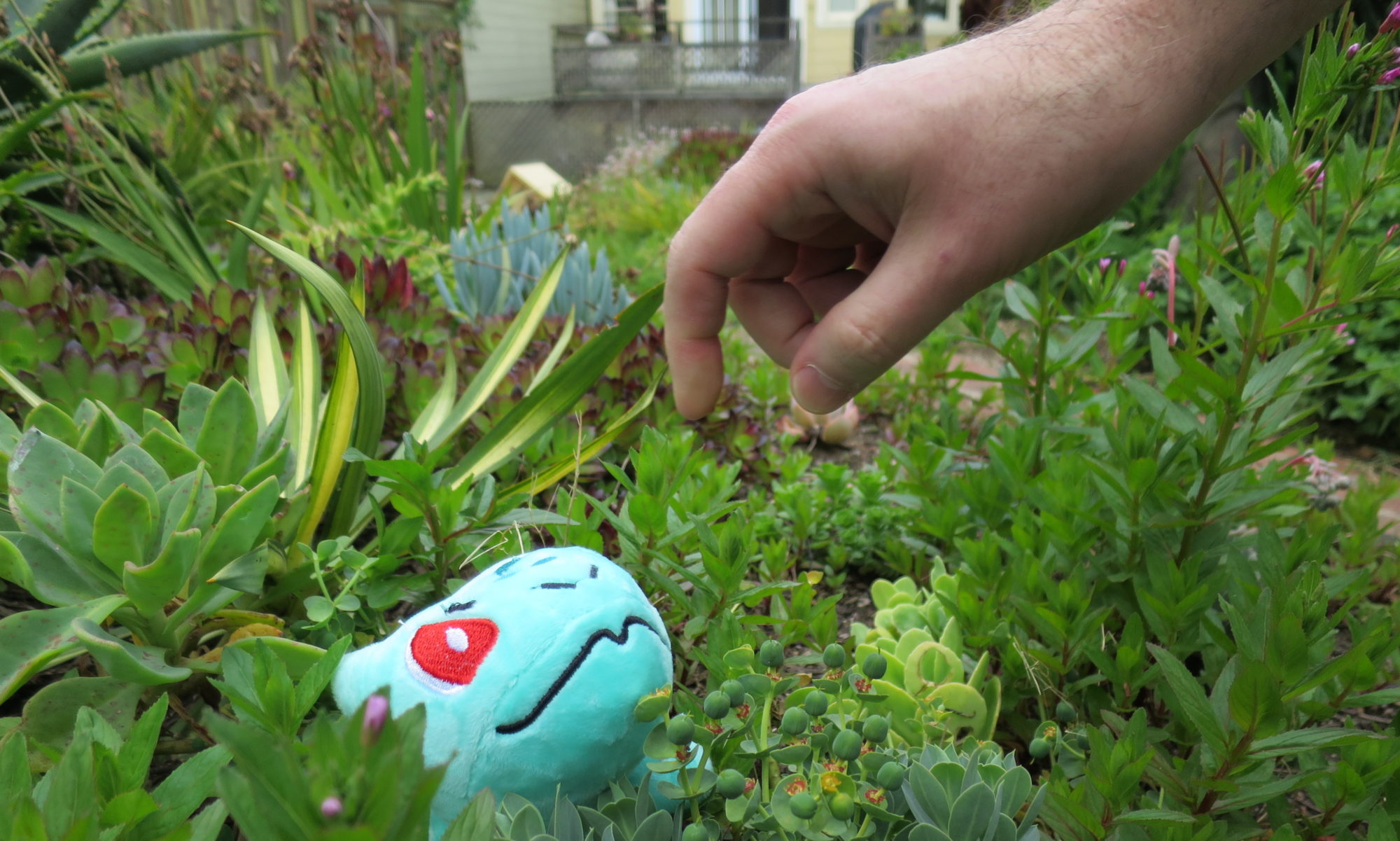Our family loves to play games, it’s one of the ways we bond. So you can imagine how my interest was piqued when I saw a shelf full of cards and toy figurines featuring characters based on DNA, pyrite, atoms, and other sciency topics. We were at Target looking for gifts, but when I saw the Basher Science toy and card game set, I couldn’t help but buy a box “for research purposes”.
We chose the Chemistry Card Game and the Atom single pack. We previously had the book about Physics from the same company, but it had been a dud with our girls. The Basher Science core theme is to anthropomorphize science concepts, but they made the poor choice to make all the physics concepts boys, and that sort of thing always turns us off. Hopefully they do better in other books, but speaking as a former physics professor, we really need to stop doing things that turn girls away from physics.
Anyhoo, back to the game. There are two separate toys in each box: the card game, and the figurine. The figurines are the aforementioned anthropomorphized science concepts, and they match characters in the books and on the cards. They look great, are very cute, the kids love them and play with them all the time (i.e. they cause fights because both kids want them), and they are well made. However they play no role in the card game.
The card game works really well as a game. You each select 8 cards out of the pool of cards that come in the box, then draw 3. Each round you select a card to play and see who scores points. The rules are simple, as is the strategy, but the game introduces several concepts that are used extensively in more complex games. Deckbuilding (picking 8 cards out of a larger pool) is a core concept in games like Pokemon, Magic the Gathering, and many more. Also, each card has a special ability that forces you to make interesting choices. Learning how to use special abilities to defeat your opponent is another key gaming concept. The game is fun, and we’ve played many times.
The game is only for two players, and you have to be able to read. Beginner readers will have a tough time parsing some of the words and understanding the special abilities, so our 6 year old daughter didn’t play. Fortunately the figures weren’t needed for the game, so she had a blast playing with those while I played the card game with her 9 year old sister.
There are three core sets that come with one figure and a bunch of cards each: Chemistry, Biology, and Rocks & Minerals. There are also a handful of add-ons that each come with a figure and a few cards. Of course, there’s also a checklist so you can track your figurine collection and see what you still need to get. Adding new cards to the game increases you pool, but you still only pick 8. The increased variety is worth having though, so I plan to get more cards and figures.
The only real disappointment is that the gameplay has nothing to do with the science. Each card has a science character and a factoid, but your kid could ignore those. When I played with my daughter, we read the factoids and talked about the science as we played, so it made for a good conversation starter, and she definitely got interested in the science. She even recalled the old physics book from the same publisher and asked to read it. Ever since, we’ve been reading that every night. So I call that a win, and I recommend this game.



